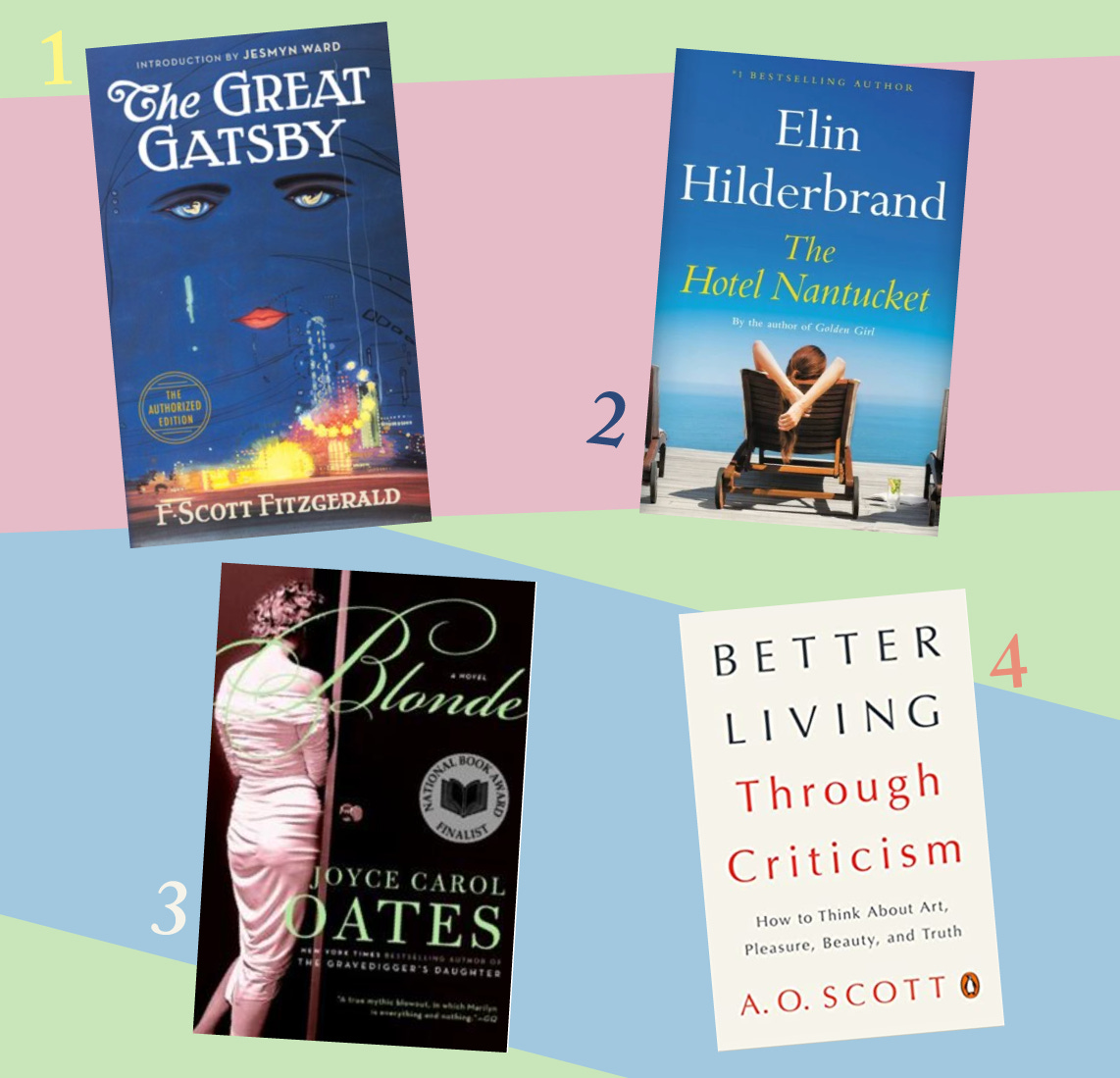As a kid, I spent my days playing make-believe with words. I wrote them all by hand until I was gifted my first typewriter. There’s something special, though, about the stories I wrote by hand. When I flip through them, there’s a story in the way that my handwriting evolved over the years. I started spelling words correctly, letters were flipped in the correct direction, and the words became smaller, tighter, less loopy. Even as I grew older and wrote by hand, I see different phases of myself in my handwriting and the notes I took in the margins, the words I chose to scratch out and replace. Any time I wrote by hand, I was connected to my stories and the writing process in a different way.
The main form of longhand writing that I do these days are for journaling. And to-do lists and book notes. Occasionally, when I don’t have my computer or phone nearby, I’ll write out dialogue that pops into my mind. But when it comes to writing out my stories, I’m not doing much longhand writing these days. However, I love the idea of it. There are authors who write longhand drafts (such as Joyce Carol Oates, Hannah Orenstein, and Elin Hilderbrand), and I’ve always found this intriguing.
I’m a fast writer, but I’m an even faster typer. I write fast first drafts to get everything out of my head and down onto the paper. The thought of writing my drafts longhand honestly terrifies me a little bit, mostly because I worry it would slow me down (the writing and typing it up). All that said, I still love the idea of it. The pages full of scribbles, varying styles of handwriting based on moods and time constraints, scratched-out words, the documentation of different ideas as they appeared live in real time, inky smears that you don’t get when typing.
In this article, there are compelling reasons to write longhand, such as:
A slower process that can put you in touch with your thoughts
Fewer distractions
A more personal connection to the writing
More room for surprise and spontaneity
Many useful brain benefits
The creative process literally unfolds on the page, as you can see where you crossed out words, moved scenes, altered paragraphs—it tells its own story
For my next book, I am going to try experimenting with longhand for a couple of chapters, just to see what it’s like. Maybe they’ll even just be prompts. Will I feel more in touch with my thoughts? How hard will it be to resist navigating from my Word doc to a tab to just really quickly research something (it’s rarely quick—ask me how I know)? Will there be more spontaneity?! I. Am. Compelled. Slowing down is a hard thing for me to conceptualize, but maybe there’s some good that will come from that. If you write longhand and have any tips, please send them my way.
A few authors who write longhand and the books that resulted from it.
The Great Gatsby by F. Scott Fitzgerald: mostly handwritten in pencil
The Hotel Nantucket by Elin Hilderbrand: she writes her novels longhand on a yellow legal notepad
Blonde by Joyce Carol Oates: her first novels were written on a typewriter, but apparently not anymore
Better Living Through Criticism: How to Think About Art, Pleasure, Beauty, and Truth by A.O. Scott: he does it as a way to go screen-free before edits
A couple of weeks ago, I received copyedits, something I was very excited for as someone who loves words and grammar. Copyedits happen after developmental edits (big changes) and line edits (more detailed edits about dialogue, the writing itself). I recently shared my favorite words from Lunar Love’s Style Sheet.
✍ The copyeditor created a Style Sheet for Lunar Love where I got to see a detailed analysis about punctuation and grammar I used throughout the book, how to capitalize certain words and phrases, typography rules, and how to write out (or not) numbers. These Style Sheets, in a weird way, make your book feel more like a book. It has a style! There’s an entire vocabulary list, as well as people, places, and terms that are associated with that book! Style decisions, the way things are spelled, and terminology are being set in stone.
There’s a Character List, where Lunar Love’s cast of characters is all together in one place, complete with a few lines about their personalities and appearances. There’s even a timeline so that it’s clear what’s happening when. When there are holidays, birthdays, and dates throughout the book, this is important so that things are happening when they should be.
🙌 Copyeditors are amazing…they can see the big picture while also being incredibly detail-oriented. They ask great questions that make you go, Why didn’t I notice that?! They find typos that after 837 reads of your own book, you’ve STILL missed. It’s a humbling part of the process, but also one that makes everything feel a little more real.
6️⃣ We have officially reached the 6 month countdown until Lunar Love is out in the world.
💕 Pre-order Lunar Love, and in January you’ll know how all of those Style Sheet words I shared on Instagram fit in to the story. Promise it’ll make a lot more sense then!
📚 And if you haven’t already, add Lunar Love to your Goodreads shelf!
From me to you, in the present,
Lauren
P.S. I’ve been making good progress with my summer reading. So far, I’ve read 3 out of 8 of my listed reads: Counterfeit, Bet on It, and The Love of My Life. What are you reading this summer?
Keep following the thread on Twitter and Instagram and Goodreads














